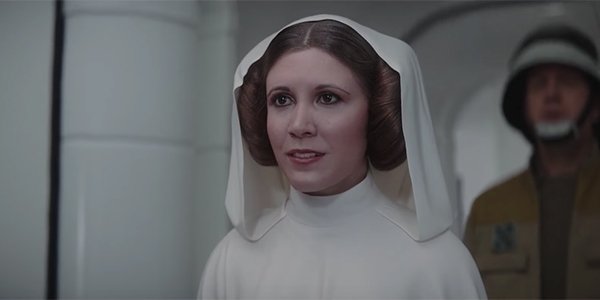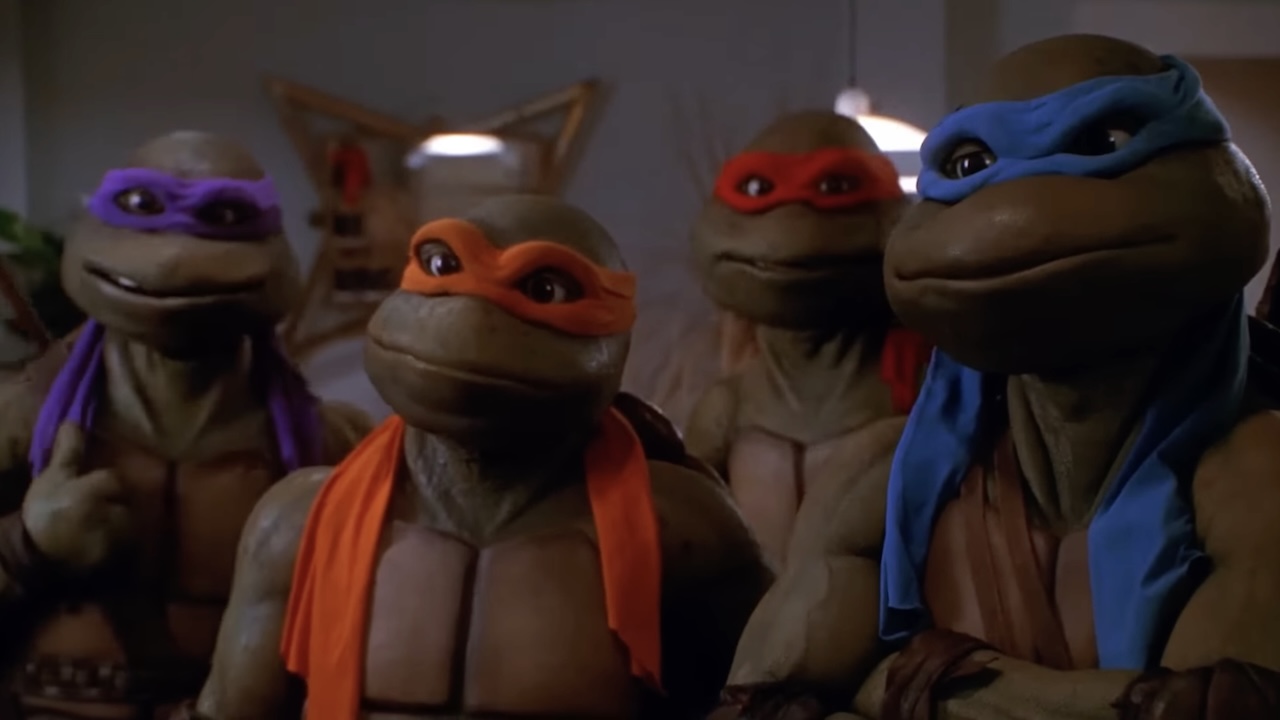Lucasfilm Actually Scans All Of Its Lead Actors For Later Use

From George Lucas' original trilogy to the prequel saga, the Star Wars franchise has always pushed the bounds of technology and what is achievable on film. That trend has only continued with the newer films, making it harder and harder to discern what's real and what isn't. Rogue One: A Star Wars Story was especially notable in this regard for how it integrated digital recreations of Carrie Fisher's Princess Leia and Peter Cushing's Grand Moff Tarkin. This is a clue to the future too, as Lucasfilm is now scanning all its lead actors. Star Wars: The Last Jedi VFX supervisor Ben Morris explained:
We will always [digitally] scan all the lead actors in the film. We don't know if we're going to need them. We don't intentionally scan them as an archive process. It's for reference later.
This might seem somewhat creepy, but it actually makes a lot of sense in today's filmmaking, and especially for a cinematic universe like Star Wars. Having digital scans of the actor's face can make certain things way easier down the line, and doing so upfront is just an example of Lucasfilm being smart and covering its bases. The kind of CGI used in Rogue One opened up a whole can of worms about likeness and if our cinematic futures involve films led by entirely digital recreations of famous actors. While that is certainly possible, it doesn't seem that is the explicit goal of scanning all of the actors.
The digital scans are actually tremendously beneficial in post production. Having a digital copy of an actor allows for the actor's performance to still shine through in complex scenes with digital effects that couldn't be done in real life practically. The scene in The Last Jedi where Leia is shot into space actually used this approach, as Ben Morris explained to Inverse, saying:
We shot it in multiple passes, and added a lot of digital stuff on top. As she's sucked out, she's a digital Leia. As we pull in closer, that's all Carrie. And flying back through the detritus, that was a mixture.
In this instance, the digital scan of Carrie Fisher was blended with both her actual performance and the work of stunt doubles to create the most believable version of the scene. This is pretty cool because it still maintains the integrity of the actor's performance while making a shot happen that otherwise couldn't. These new Star Wars films have brought practical effects back to the saga in a major way, but there are still some things that cannot be achieved practically, so this is an instance of using the right tool for the right job, as well as not using it just to use it.
While people have mixed feelings about that scene overall, to me at least, it looked more real than either of the digital recreations in Rogue One. That uncanny valley is still vast, but each new advancement makes it just a little bit smaller. There is probably a time in the not-too-distant future where the presence of deceased actors in movies will become commonplace, or at least where actors don't have to be de-aged because their younger selves were digitally scanned and can show up in movies. There are a lot of ethical questions brought up by this, and I imagine each actor will probably have to decide for themselves if they're cool with it. For Mark Hamill, at least, he's all in on his digital resurrection.
You can see the next chapter in the Star Wars franchise when Solo: A Star Wars Story hits theaters on May 25. For all the latest in the you that lives inside a computer, stay tuned to CinemaBlend.
Your Daily Blend of Entertainment News
Nick grew up in Maryland has degrees in Film Studies and Communications. His life goal is to walk the earth, meet people and get into adventures. He’s also still looking for The Adventures of Pete and Pete season 3 on DVD if anyone has a lead.

